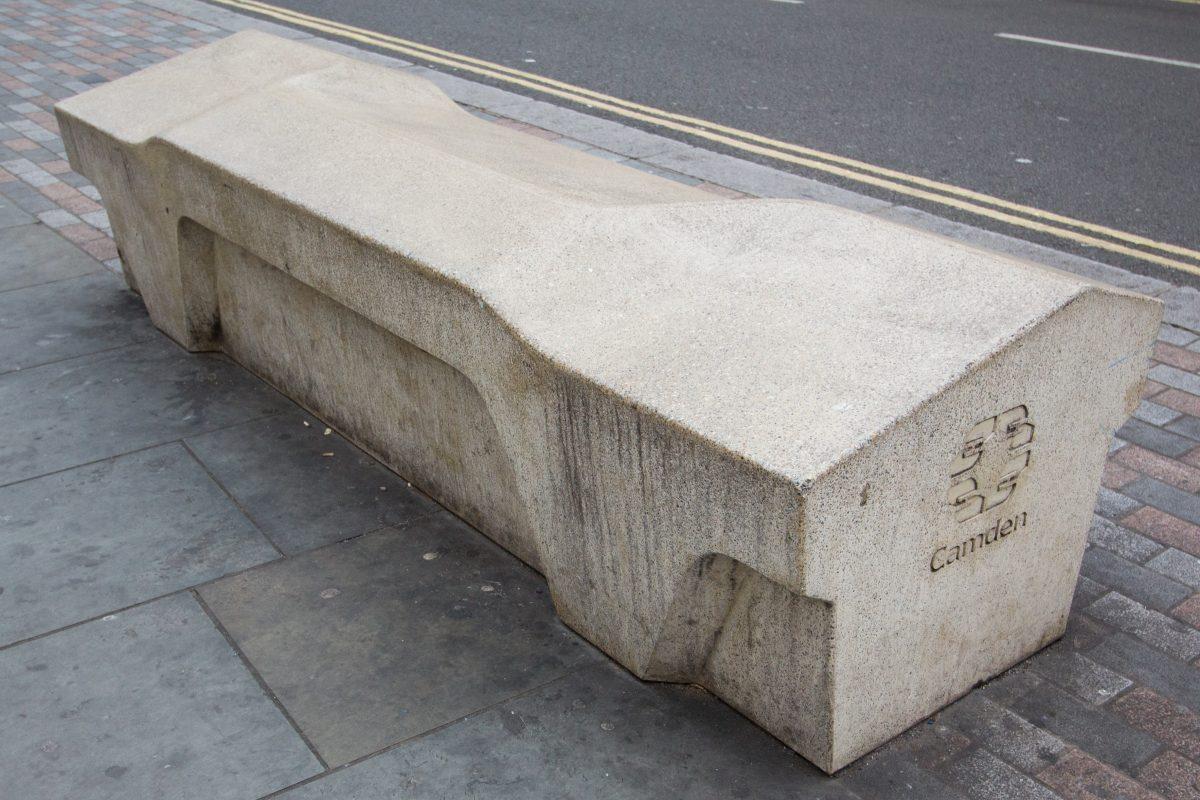Have you ever seen spiked or slanted benches on your way around the city? Have you ever seen leaning bars or spiked window sills? These are all examples of hostile architecture. Also known as defensive or aggressive architecture, hostile architecture is an urban design strategy that focuses on the specific construction of public structures or paths. It encompasses forms of public architecture designed with uncomfortable features in hopes to keep away loiterers or homeless individuals. Named due to the unwelcoming features of such builds, these designs have increasingly popped up in flourishing and crowded cities, such as New York or London.
Examples of such forms of architecture can be seen in public benches designed with sloping or slanted surfaces, benches with various armrests, spiked windowsills or streets, as well as leaning bars. According to a New York Times article on the topic, the purpose of hostile architecture is to “help maintain order, ensure safety and curb unwanted behavior such as loitering, sleeping or skateboarding.” One design that has gained considerable notice is London’s Camden Bench, implemented in 2012 and featuring distinctive ridges meant to prevent people from sleeping on it.
While the prevention of loitering may be beneficial, hostile architecture emphasizes the differences between those who have a place to go home to at night and those who don’t. Such defensive designs turn away and marginalize those unable to afford a proper place to live. Structures designed for public use, such as for sitting or resting, are now being constructed to prevent such actions. The homeless, in particular, are targeted due to the fact that such individuals do not have a place to stay or go home to, which only serves to perpetuate wealth inequality.
If city officials truly wish to eradicate or alleviate homelessness, attempting to drive people away from public areas may not be the best idea or method to do so. Homelessness is not an issue one can ignore or hide temporarily. Social welfare programs, shelters, or even programs designed to help reinstate the homeless back into society may serve as a better option in helping to improve the homeless situation in big cities. Pushing and driving away the vulnerable into the shadows does nothing but systematically target the less privileged, and the implementation of hostile architecture merely exemplifies the clear inequality present all over the world.
Image credit: “File:Camden bench.jpg” by The wub is licensed underCC BY-SA 4.0




